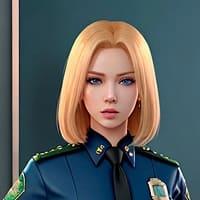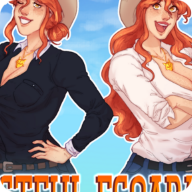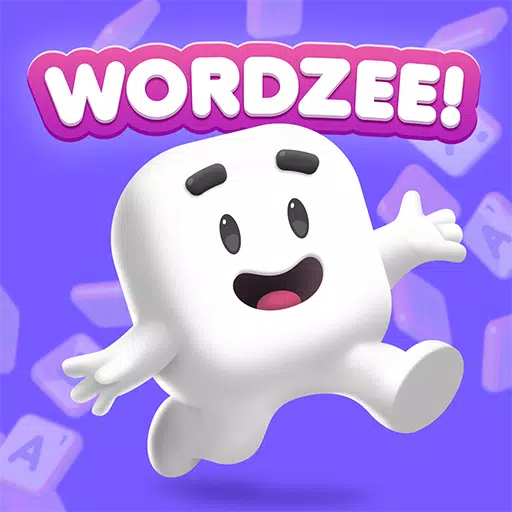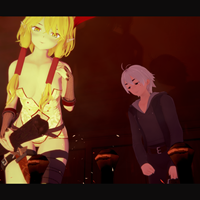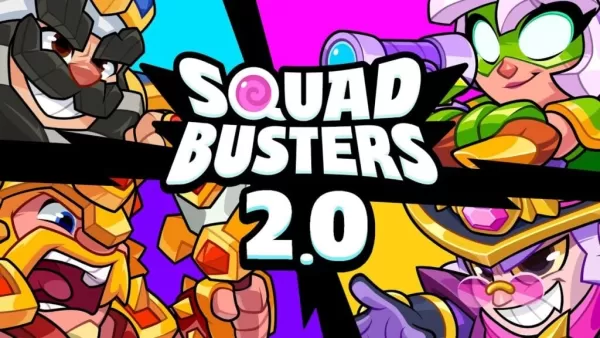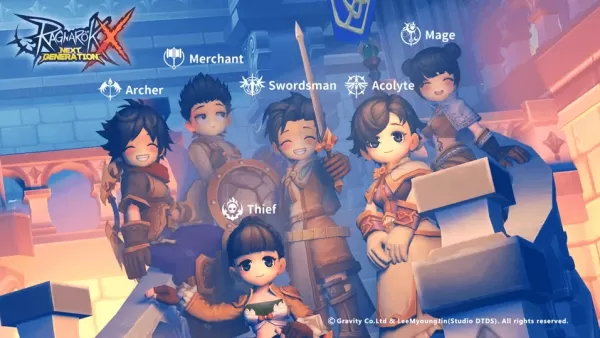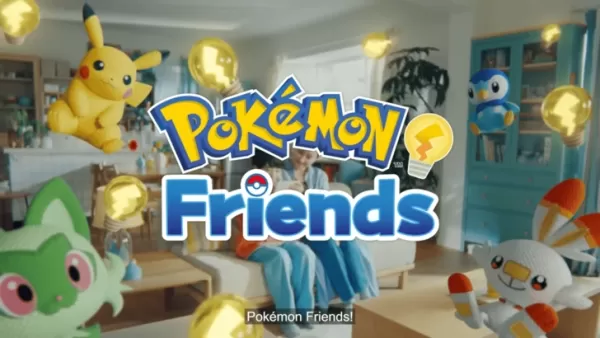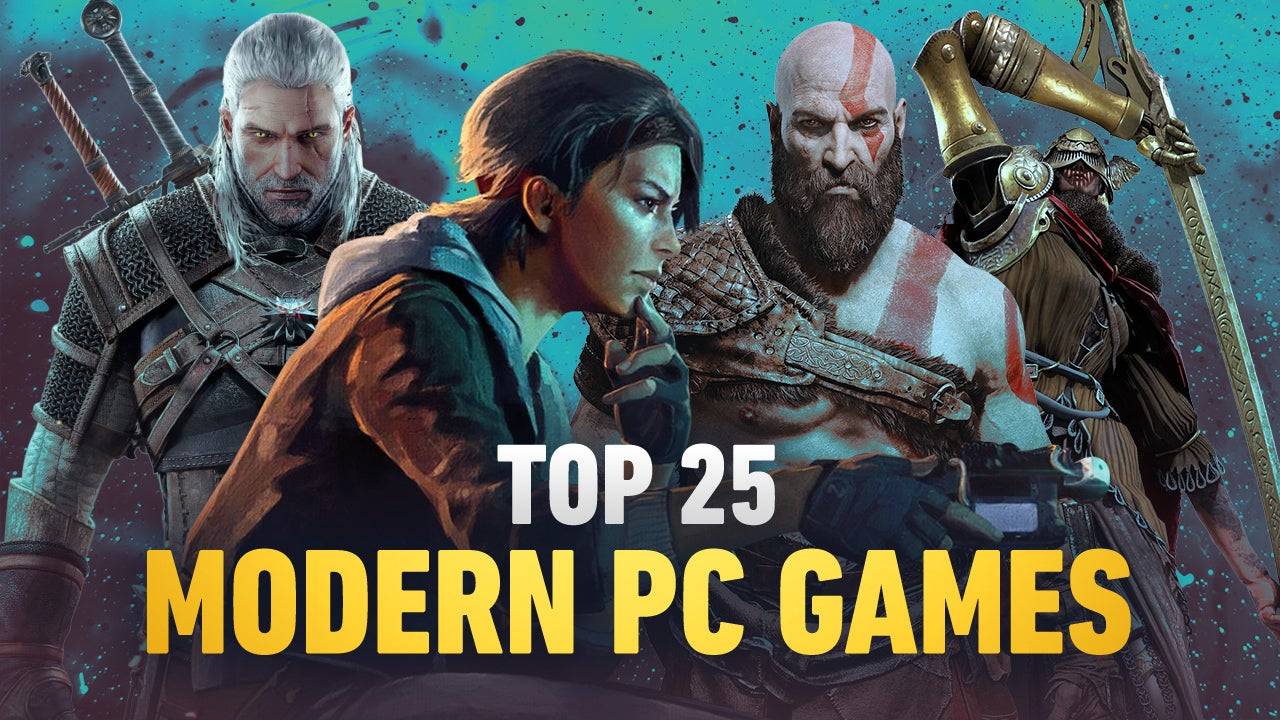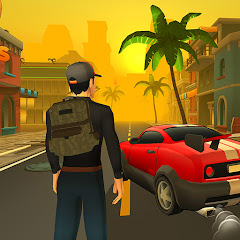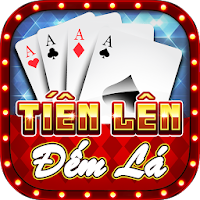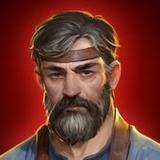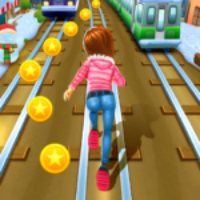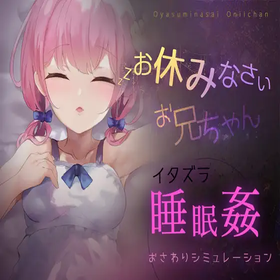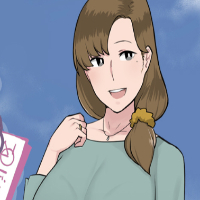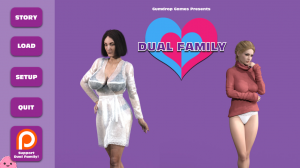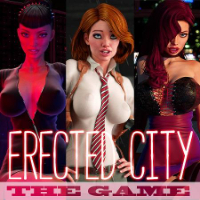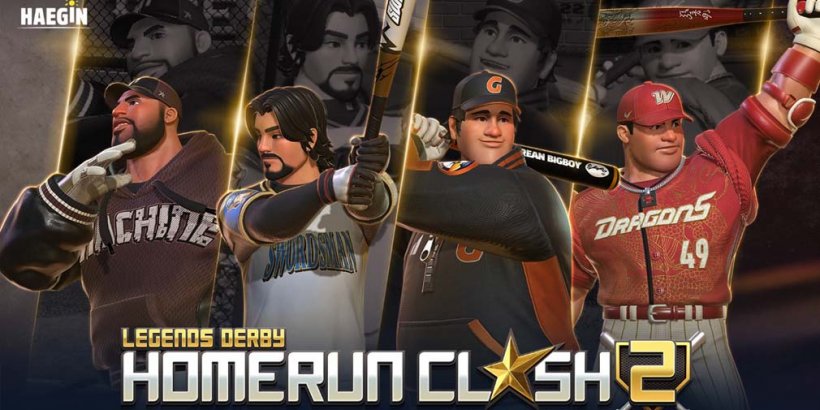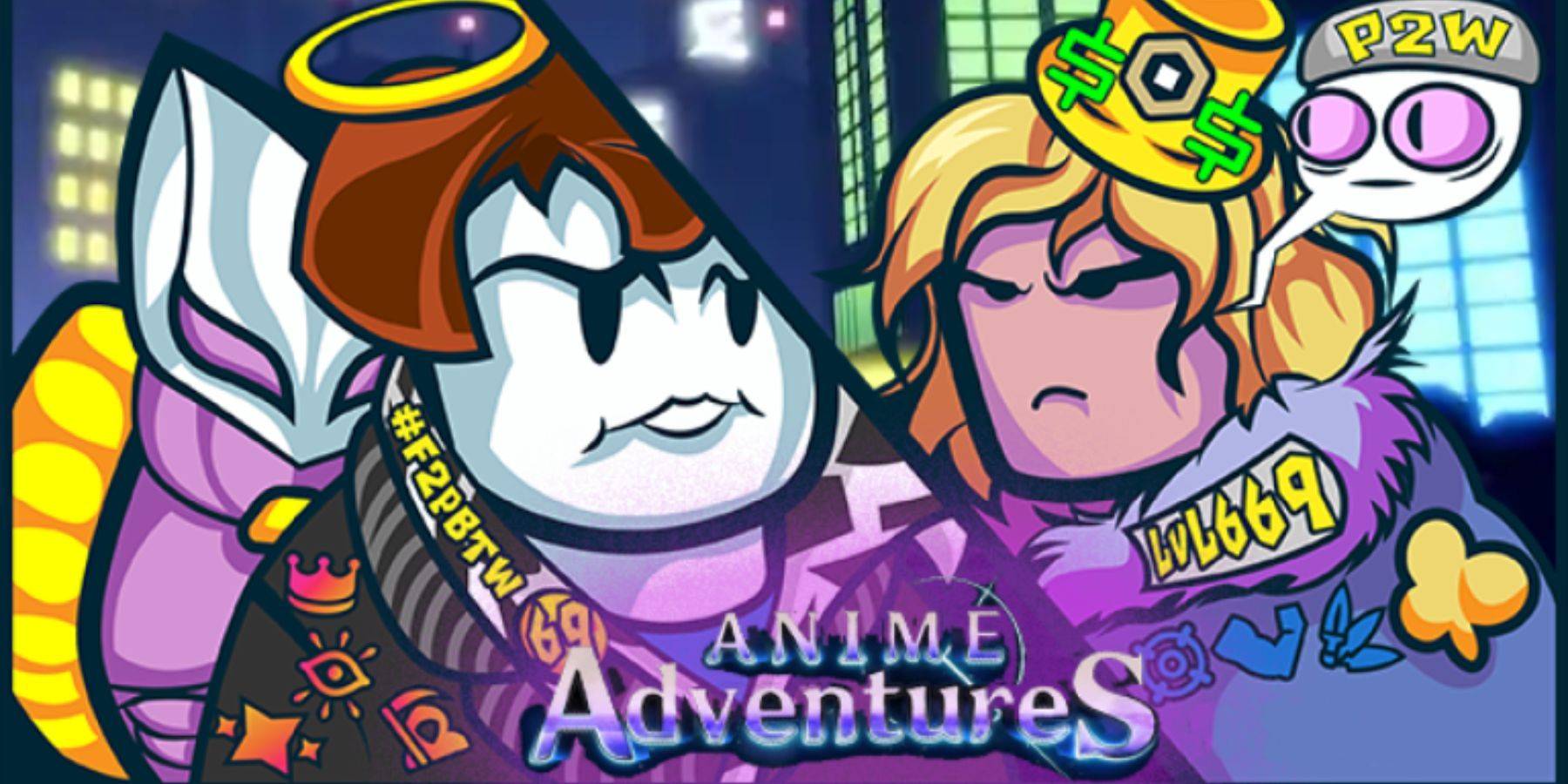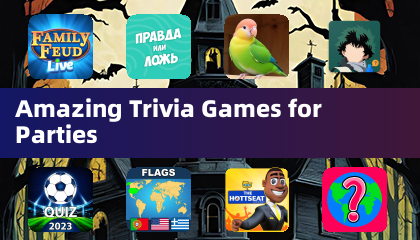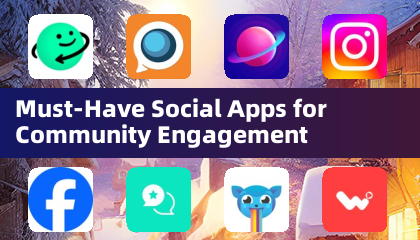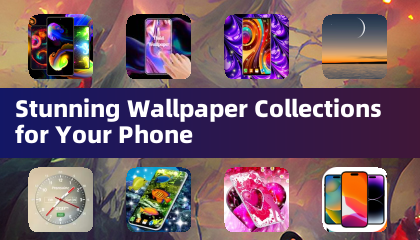"Lost Records: Bloom & Rage - A 90s Nostalgia Trip"
In 2015, the French studio Don't Nod set a new standard for interactive dramas with their groundbreaking game, Life is Strange. This adventure captivated players with its focus on the beauty of everyday life, the strength of friendship, and the relentless march of time. Fans adored the game's meticulous attention to detail and the ability to explore and influence the world around them. Although Don't Nod experimented with different genres in subsequent projects, none quite recaptured the magic that Life is Strange had ignited in their hearts.
Now, years later, Don't Nod returns to their roots with a new coming-of-age tale. Lost Records is not just another interactive narrative; it's a heartfelt tribute to a past era and the carefree days of youth. With its evocative atmosphere, richly drawn characters, and the weight of choices that shape the narrative, Lost Records enthralls players from the outset.
Table of Contents
- Friends Reunite to Uncover Secrets from the Past After 27 Years
- Choices Still Impact Surroundings, Dialogues, and Relationships
- Bloom & Rage Creates Beautifully Imperfect Characters
- A Town Worth Dreaming About
- Slow-Paced Plot: The Defining Feature of the Story
Friends Reunite to Uncover Secrets from the Past After 27 Years
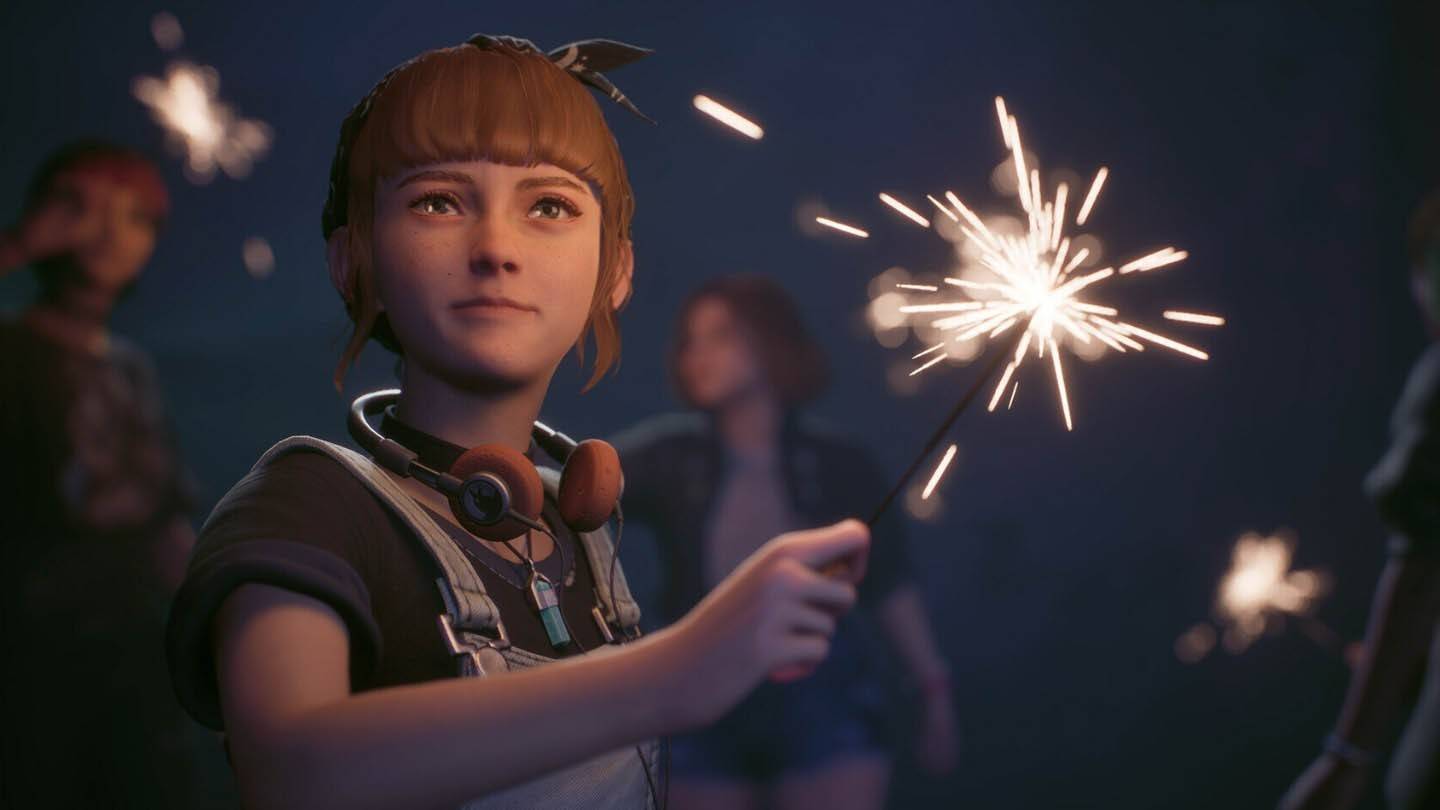 Image: ensigame.com
Image: ensigame.com
At the core of Lost Records is the story of four women whose friendship was shattered 27 years ago. The protagonist, Swan Holloway, returns to her hometown of Velvet Bay for a reunion with her old friends. They receive a mysterious package from the past, leading them back to a forest, an abandoned house, and secrets they thought were buried. This journey back in time is the essence of Bloom & Rage—a nostalgic summer night's dream brought to life.
The narrative weaves through two timelines: 1995, a time when the world seemed more vibrant, and 2022, where the women, now in their forties, sit in a bar with awkward smiles, avoiding the painful memories that drove them apart. The game cleverly uses first-person camera angles to highlight the stark differences between these periods.
However, the bulk of the gameplay unfolds in the past. Players explore beautifully rendered locations, forge relationships, and capture moments with a vintage HVS camera.
Video recording is a central mechanic, much like Max's photography in Life is Strange. Swan films everything from graffiti and wildlife to paranormal phenomena, immersing players in her world.
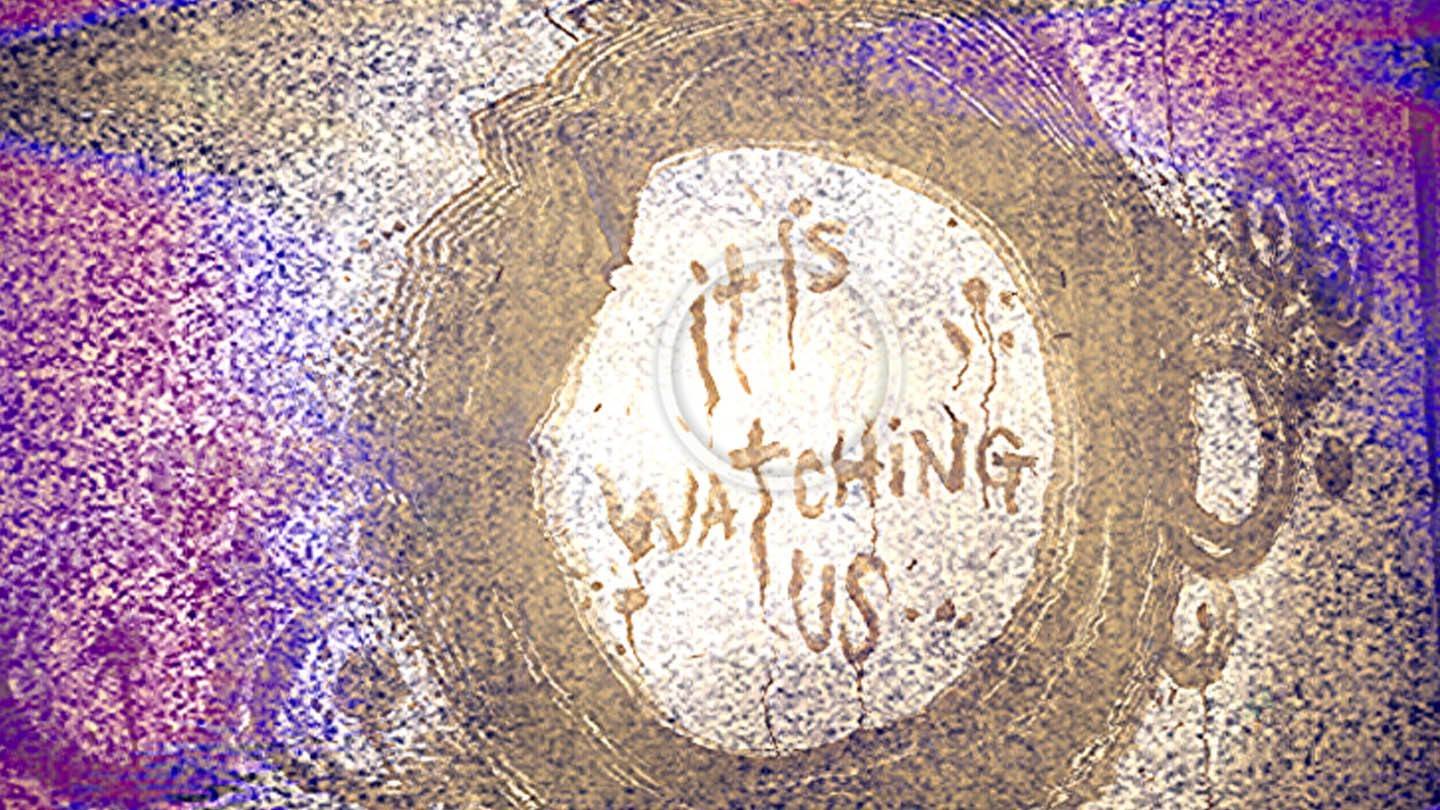 Image: ensigame.com
Image: ensigame.com
In a dedicated menu, players can edit their collected footage into short films, categorized by themes, with Swan providing commentary on the results. While these documentaries don't directly influence the main storyline, they enrich the player's experience.
The choices players make have significant impacts on the narrative, affecting both long-term outcomes and immediate interactions. Due to the game's episodic structure, the long-term effects might feel less pronounced initially, but they promise to shape the overarching story.
Choices Still Impact Surroundings, Dialogues, and Relationships
Lost Records shines with its interactivity and attention to detail, hallmarks of Don't Nod's craftsmanship.
For example, when Swan expresses a craving for ice cream from a nearby truck, players can choose to satisfy her desire or continue with other tasks. Delaying too long results in the truck closing, which in turn alters subsequent conversations and interactions.
 Image: ensigame.com
Image: ensigame.com
The game's world is dynamic, adding to its allure. Dialogues unfold in real-time, reminiscent of Oxenfree and Telltale's adventures, with characters interrupting each other, changing topics, or opting for silence. Sometimes, choosing not to speak can be more impactful than revealing a secret.
The freedom to build relationships is another key choice element. Players don't need to seek everyone's approval; if a character doesn't resonate, they can simply be ignored. Swan's shy nature adds depth to these interactions, allowing players to help her open up.
Bloom & Rage Creates Beautifully Imperfect Characters
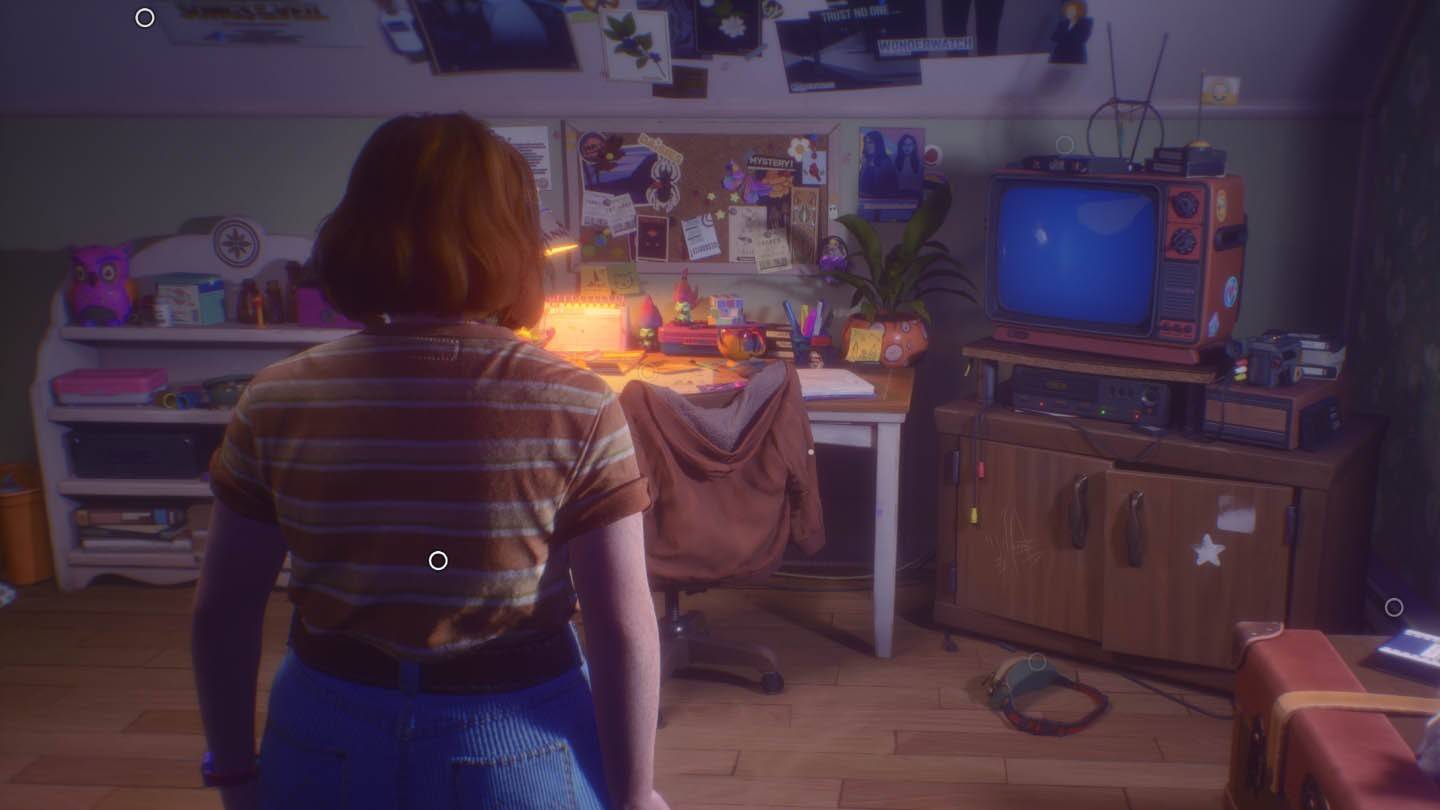 Image: ensigame.com
Image: ensigame.com
Don't Nod has a knack for creating characters that feel real. They are loud, occasionally clumsy in their youthful idealism, yet deeply sincere.
My initial criticism of Life is Strange: Double Exposure's cast for lacking soul made me question whether interactive films had lost their charm. But it was not the genre; it was the execution. Don't Nod excels at developing characters with personality and depth.
Swan is endearing—an ordinary 16-year-old struggling with self-doubt, constantly worried about her words, and using her video camera as a shield. Though reminiscent of Max Caulfield from Life is Strange, Swan feels fresh and authentic, not just a rehash.
 Image: ensigame.com
Image: ensigame.com
Her friends—Ottem, Kate, and Nora—fit familiar archetypes but transcend them. Nora, the punk girl with colorful bangs and big dreams, surprises with her cautious nature. Kate, the passionate writer, often pushes Swan to be bolder. Ottem values thoughtfulness and seriousness.
In their company, players feel the essence of teenage life, regardless of their age. Lost Records is a journey through time, not just to youth but to the heart of the '90s.
A Town Worth Dreaming About
Nostalgia is woven into every aspect of Lost Records, but Swan's room is its epitome. Filled with relics like bulky TVs, tapes, floppy disks, tamagotchis, Rubik's cubes, and troll dolls, it's a treasure trove for millennials, inviting both admiration and a sense of loss for bygone days.
The game is rich with Easter eggs referencing pop culture: Sabrina, The X-Files, Tank Girl, The Goonies, Twilight, Casper, Revenge of the Nerds, and more. Video games like Oxenfree, Night in the Woods, Control, and Life is Strange also get nods, alongside books like House of Leaves and music from Nine Inch Nails and Nirvana.
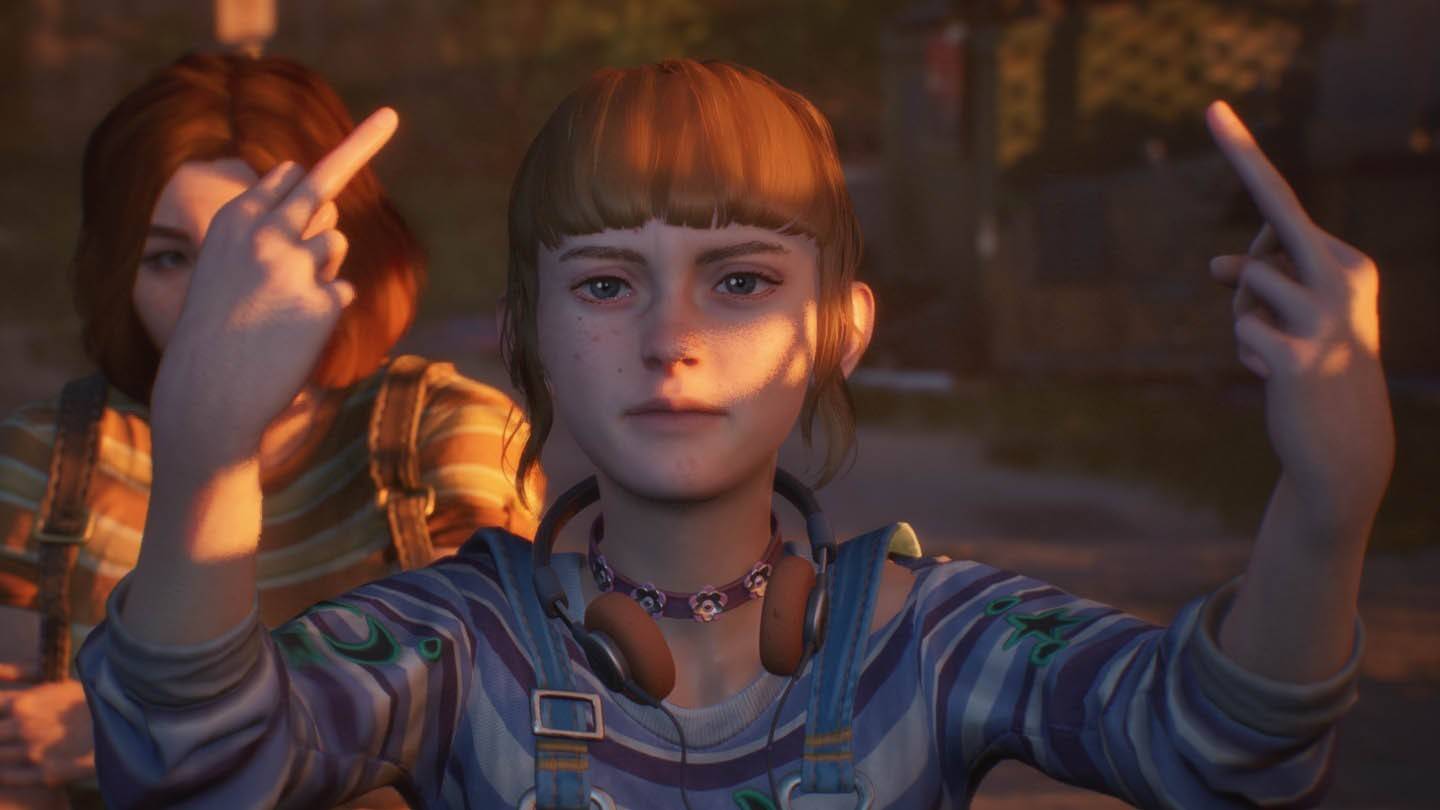 Image: ensigame.com
Image: ensigame.com
The most overt reference is the plot's 27-year gap, reminiscent of Stephen King's It.
The soundtrack deserves special mention. Don't Nod's choice of dream-pop and indie-rock tunes, including the standout track "See You in Hell," enhances the nostalgic feel. "The Wild Unknown" lingered in my mind for days, a testament to the music's impact.
Velvet Bay emerges as the quintessential sleepy American town, cozy by day and chilling by night. The more players explore, the more Bloom & Rage intrigues and confuses them.
Slow-Paced Plot: The Defining Feature of the Story
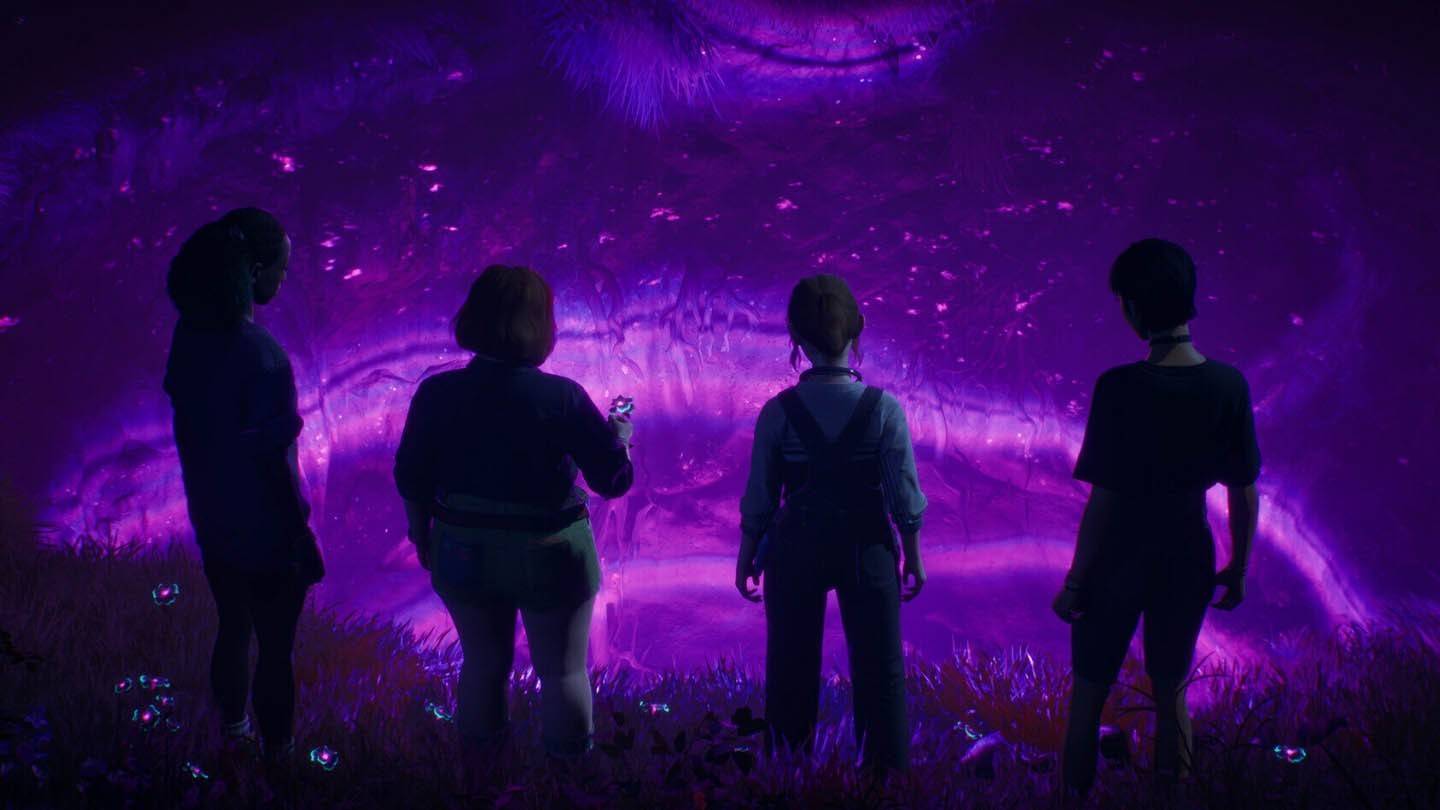 Image: ensigame.com
Image: ensigame.com
The story unfolds at a deliberate pace, so much so that players might forget it's a mystery. Unlike Life is Strange, where the shift to detective work is swift, Lost Records takes its time, insisting players get to know the characters and soak in the '90s atmosphere before the narrative pivots.
This slow build isn't a flaw for me, but it might not suit everyone. The tension ramps up in the second half of the first episode, or "reel," culminating in a gripping cliffhanger that sets the stage for the next installment. This leaves players eager to theorize and anticipate what's next, exactly what Don't Nod intended.
Lost Records: Bloom & Rage transports players to the '90s, even if they never lived through them. It's a game that knows its audience and delivers what they crave: relatable characters, engaging interactions, and the promise of a compelling story. Its true impact will be revealed with the release of the second part on April 15th. I eagerly await the conclusion, hoping Don't Nod will once again weave their magic.

